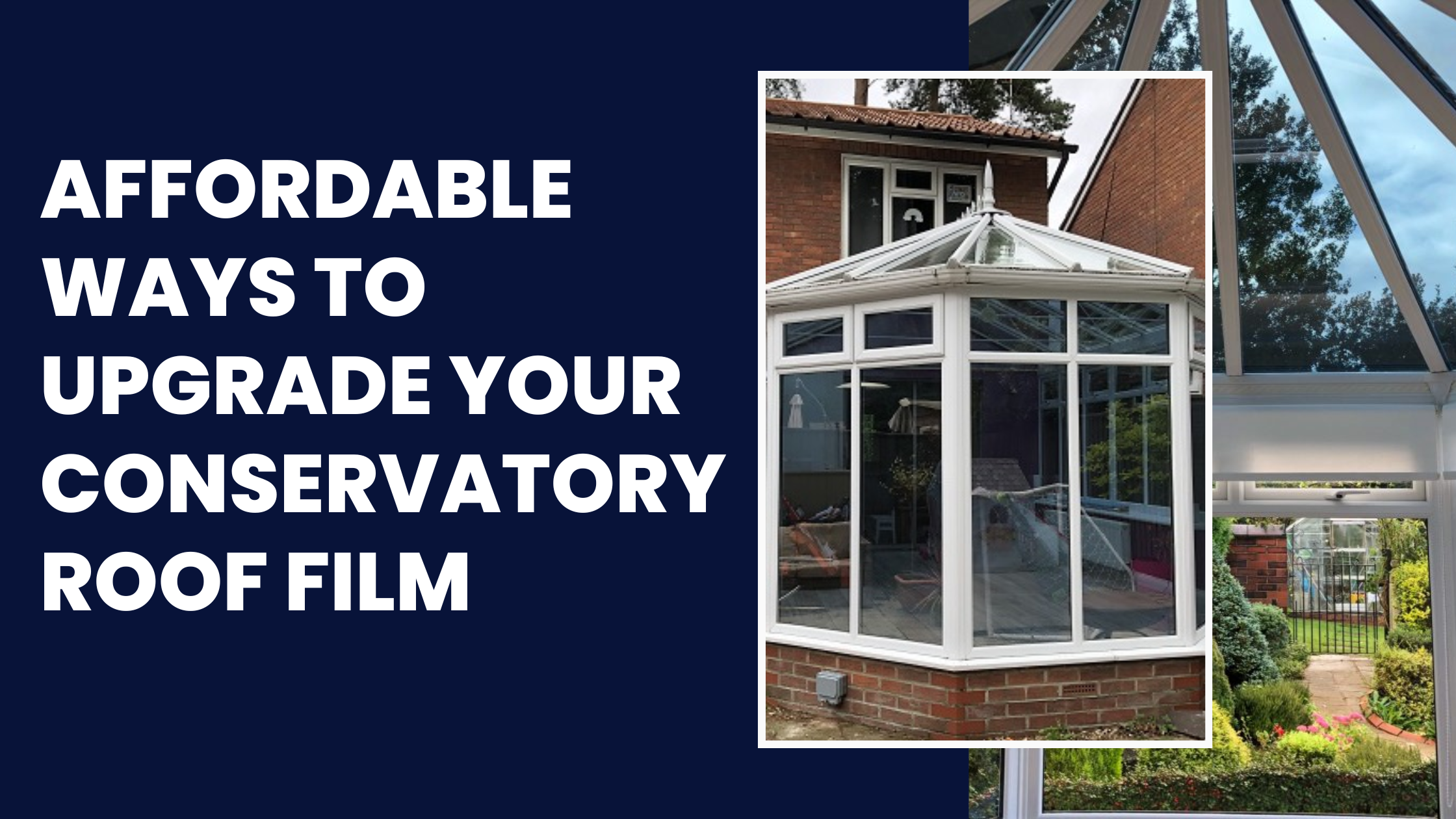Common Mistakes People Make with Window Privacy Screens
Choosing the Wrong Type of Window Privacy Screen
Not Considering View and Light Blocking Levels
When selecting a window privacy screen, consider the level of view-blocking you want. Privacy screens come in varying opacities, with options ranging from translucent to blackout. A blackout screen would be best if you wish to block all views and light from coming in. If you want a level of obscurity without major light reduction, a lighter screen would work better. Consider the window's exposure to determine the level of privacy needed.
Ignoring UV Protection
Many people need to think about UV protection when purchasing a window privacy screen. However, screens protect your interior furnishings from sun damage that causes fading. If UV protection isn't built into the screen, your items will still be impacted by the sun. Look for a screen that blocks up to 99% of UV rays.
Choosing the Wrong Screen Material
Window screens come in different materials, such as plastic, bamboo, and fabric. Consider the pros and cons of each option. Plastic is durable but can look cheap. Bamboo offers a nice aesthetic but is prone to warping. Fabric is easy to see through but more fragile over time. Make sure to choose a material that fits your needs and complements your home's design.
Mistakes Installing Window Privacy Screens
Not Measuring Correctly
It's crucial to precisely measure your windows prior to ordering screens. Even being off by 1/4 inch can result in screens that don't fit correctly. Measure the entire window opening's width and height. For extra assurance, measure each window individually rather than assuming they are all the same size.
Mounting Screens Improperly
Follow the manufacturer's instructions precisely when mounting privacy screen panels. Screwing panels directly into the window frame can damage it over time. Instead, use the provided screws and wall anchors to attach the panels to the surrounding wall. Make sure all panels are level and aligned.
Forgetting the Top Panel
Some window screens only come with panels for the sides, requiring you to measure and order a top panel separately. Remember this important piece! Leaving the top portion of your window uncovered severely reduces privacy. Make sure to measure and order a top panel that fits your window's width.
Errors Using Window Privacy Screens
Not Maintaining Screens
Window privacy screens get dirty and collect dust over time, reducing their visual appeal and effectiveness. To improve visibility, wipe them down every few months using a microfiber cloth, mild cleaner, and water. Also, check for damage, like bent corners or tears. Address any issues to keep your screens like new.
Improper Screen Removal and Reinstallation
When cleaning windows or for the screens' seasonal removal, take care when taking panels down. Follow the manufacturer's instructions for removal so as not to damage the frames or mounting hardware. Label each panel by window location for easy reinstallation later. Routinely reinstalling screens ensures your windows stay private year-round.
Letting Pets Damage Screens
Pets can accidentally or intentionally damage window screen panels with their claws or teeth. Keep cats and dogs away from screens whenever possible. If they tend to claw or chew at the mesh, consider installing additional protection, like a transparent acrylic panel along the bottom portion of the screen. This creates a barrier to prevent costly pet-related screen replacements.
Tips for Choosing the Right Window Privacy Screen
Consider view-blocking needs and room uses before selecting an opacity level. Bedrooms and changing rooms with windows require more privacy than kitchens or bathrooms with high windows.
If you have different window sizes, styles, or types around your home, account for window variations. Purchase custom screens or choose a security screen system with panels that can accommodate these differences.
Look for screens treated with antimicrobial components to inhibit bacterial and microbial growth. This is especially beneficial for kitchens, bathrooms, basements, and other damp areas.
Opt for privacy screens with crisp, clean sightlines and barely visible frames to get an unobstructed exterior view while maintaining security and UV protection.
Recommendations for Proper Installation
Before installing, check that all panels are precisely the same size. Even slight size variations can lead to improper fit and gaps.
Follow the screen mounting directions precisely. Rushing through installation often leads to crooked or damaged screens.
Before installing screens, ensure the window frame, hardware, and mounting locations are in good shape. Address any rot, cracks, or other issues first.
Use a level during installation to keep panels even and avoid a crooked appearance.
Seal any gaps between panels and windows with the trim or caulk provided. This deters pests from entering and keeps the screens firmly in place.
Conclusion
In conclusion, window privacy screens are an effective way to enhance your home's privacy, security, and energy efficiency while protecting interiors from UV damage. However, their performance and longevity depend on proper selection, installation, and maintenance. By avoiding common mistakes such as choosing the wrong screen type, neglecting UV protection, improper measuring, and poor upkeep, you can ensure your screens deliver optimal results. Paying attention to details like material choice, installation techniques, and routine care will not only preserve the functionality of your privacy screens but also maintain their aesthetic appeal. With the right approach, window privacy screens can serve as a durable and stylish solution to meet your home's privacy needs.
Name: Tinting Express Limited
Address: Unit 17, Taw Mill Business Park, Howard Avenue, Barnstaple, Devon, UK
Phone No: 1271 320181




Comments
Post a Comment